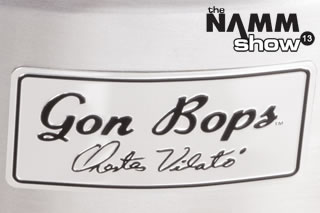
"There were a number of objectives I wanted to achieve with this Timbale, primarily weight, sound and look. First, I wanted to design a lighter instrument, which I believe is important to working musicians who must transport their own instruments.
The original timbales played by slaves in Cuba were often made from cooking pails, thus the name, ‘Paila’ which literally means ‘pail’. The Timbale derives from the Timpani, and came about as an attempt to make the Timpani smaller and more portable. In a sense, these new Timbales are a modern extension of that goal as we strive for lighter, shallower Timbales that sound very traditional.
Timbale technique did not develop from drum rudiments, it came from Timpani technique. Today you most often see drumset guys playing Timbale, using much heavier drumsticks, and playing with a speed and volume that is simply not part of the tradition. To me, it doesn’t even sound like Timbale. Classical Timbale technique is simple and clean, it involves single sticking, not rolls, and the sticks used were very light, probably made from the wood from a Guava tree. This gives you that sharp, whip-like Timbale sound, something we very much wanted to achieve with this instrument."
© Drummerszone.com 2002-2025 Drummerszone.com is a Musicpublishers.nl website.
Oops, you're not logged in!
The more you like
the more you get!
